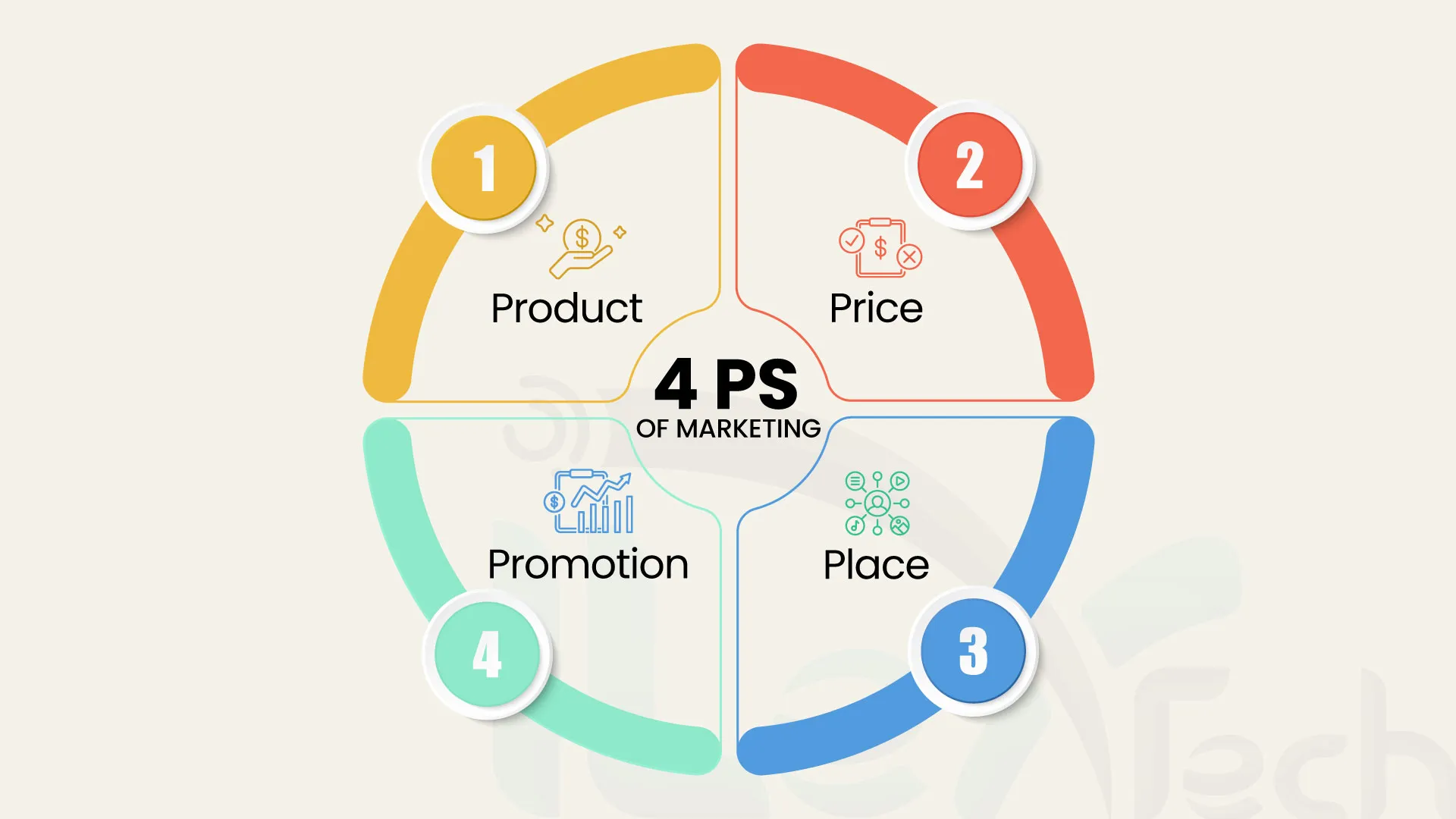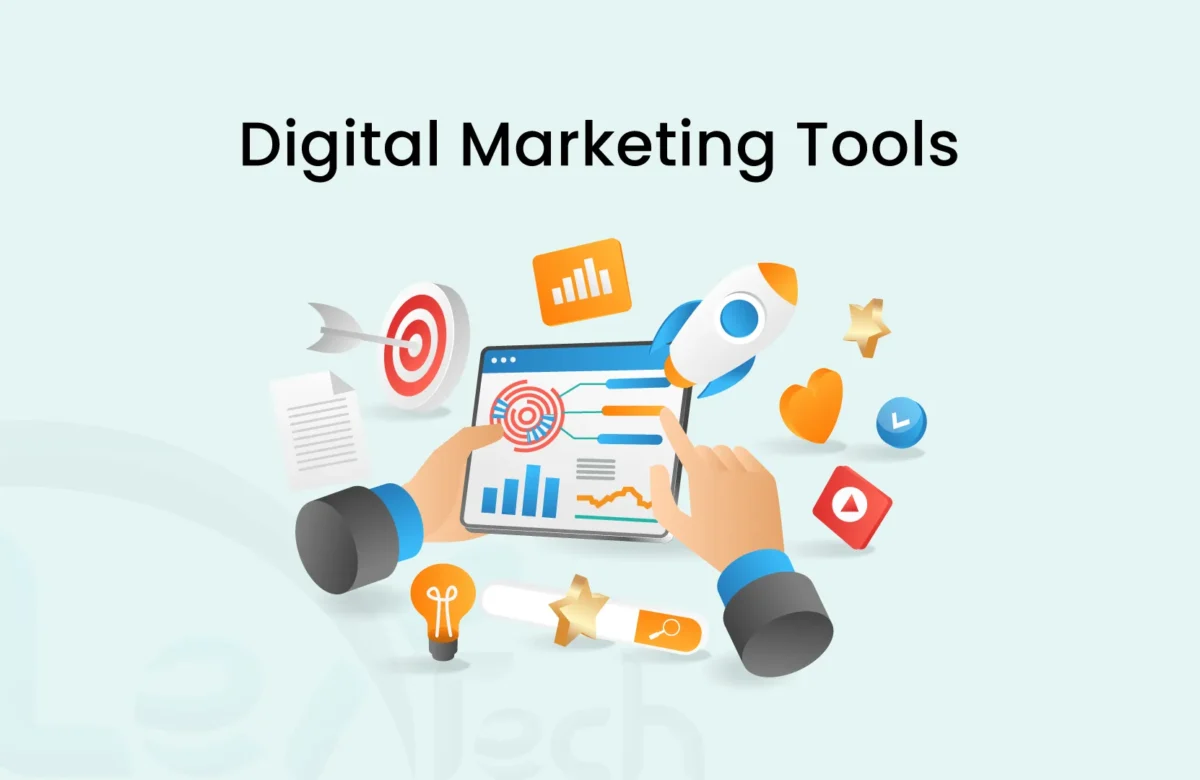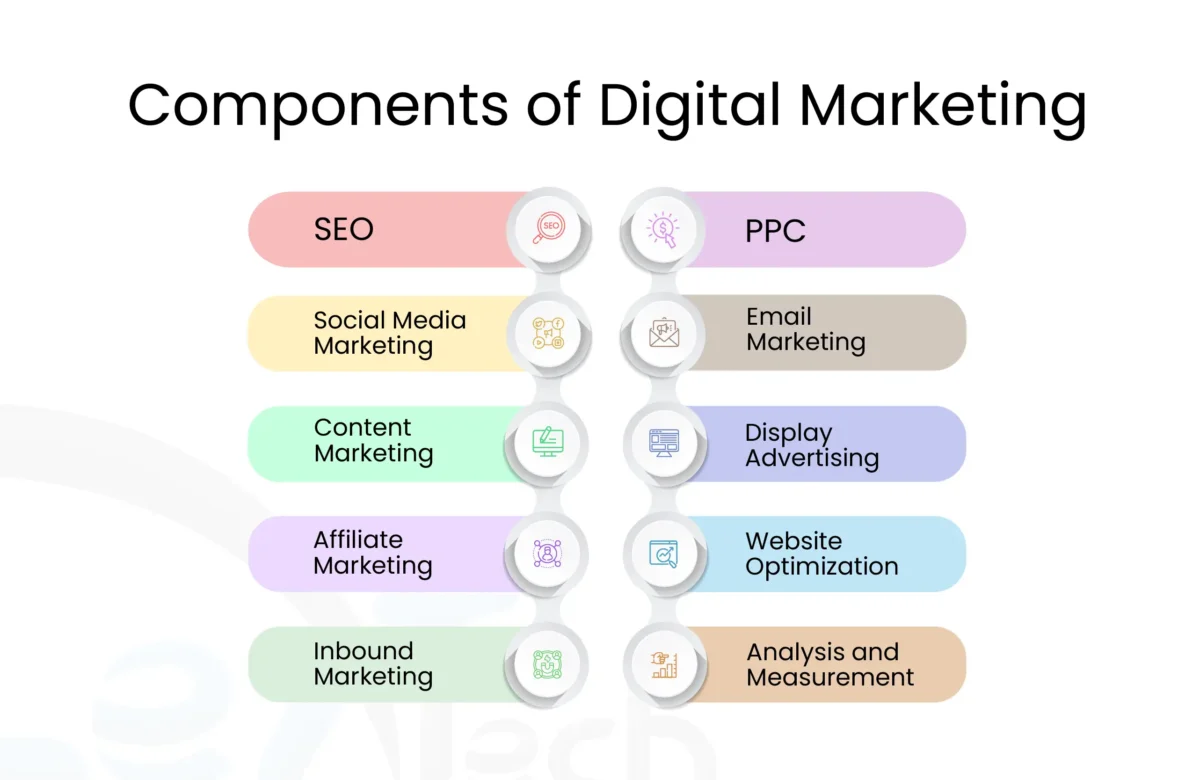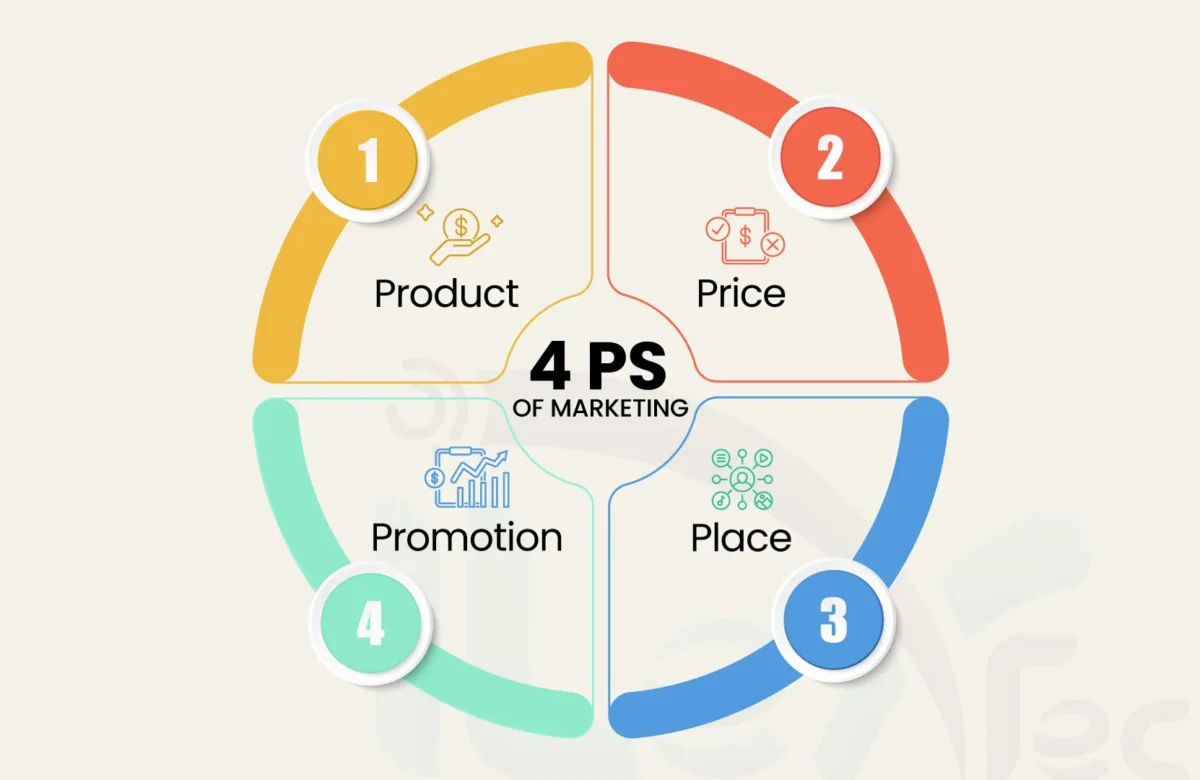Marketing is the heart of any business. Without it, reaching your customers becomes almost impossible. One of the most popular frameworks in marketing is the “4 Ps of Marketing.” These four elements provide a clear and structured way to develop a successful marketing strategy. Let’s know what the 4 Ps are and how you can use them to grow your business.
What are the 4 Ps of Marketing?
The four Ps of marketing, often called the “marketing mix“, consist of four essential elements: product, price, place, and promotion. These elements are the foundation for introducing a product or service to the public effectively.
The four Ps are the key pillars of marketing strategy. They offer a structured framework for companies to connect their products or services with consumers. These Ps guide businesses in shaping how their offerings are developed, priced, distributed, and promoted. Over time, this concept has evolved, and additional Ps have been integrated into the mix.
Since the four Ps were first introduced in the 1950s, their adaptability has allowed them to remain relevant in an ever-changing marketplace. This framework not only provides businesses with a foundation for reaching their target audience but also ensures they can adapt to shifting consumer needs and preferences. Thus, companies can create excellent marketing strategies by incorporating these elements alongside newer concepts.
Related Article: Key Components of Digital Marketing for Effective Business Growth
1. Product
A product is the good or service you offer to your target audience.
Successful products usually solve a problem that no one else is addressing or offer a fresh, exciting experience that people want. For example, the first iPhone combined a phone with an iPod, making life simpler and filling a gap in the market. Similarly, the Chia Pet stood out by giving people a funny and unique experience.
Key questions to consider:
- What are the features and benefits of your product?
- Who is your target audience?
- How does your product stand out from competitors?
When developing a product, it’s crucial to understand your customer’s needs. Also, you can use surveys, focus groups, and market research to gather insights. For example, if you’re selling skincare products, understanding different skin types and common concerns like acne or dryness can help you design a product that customers love.
2. Price
Price is how much a product or service costs.
When marketing, it’s important to choose a price that works for your target audience and also meets your business goals. Different pricing strategies can greatly affect your product’s success. For example, if your price is too high, your audience might not buy it. On the other hand, if the price is too low, people might think the quality isn’t good enough, and you could lose profit.
To set the right price, you need to understand your audience and how much they are willing to pay. Here are some questions to consider as you decide on your product’s price:
- How much are customers willing to pay?
- What are your competitors charging?
- Does the price align with the product’s perceived value?
Pricing strategies can vary. You might choose a premium pricing model if your product is high-end. Alternatively, a penetration pricing strategy works well when you’re trying to enter a competitive market. Always monitor profitability to ensure your pricing supports your business goals.
3. Place
Place is where you sell your product, and the channels you use to promote it to your customers.
Just like price, choosing the right place to market and sell your product is essential for reaching your target audience. If your product is in a location where your audience doesn’t go, you might miss your sales goals. But, when you select the right place, it helps you connect with your customers and boosts your chances of success.
For instance, imagine you’re selling an athletic shoe you designed. Your target market is athletes aged 20 to 35. You decide to advertise in sports magazines and sell your shoes in specialty athletic stores. By focusing on sports stores instead of general shoe stores, you aim your efforts at the perfect place for your marketing plan.
To find the best place to market and sell your product, research where your target audience shops and gets information. You can ask questions like:
- Where do your customers shop?
- Should you sell online, in-store, or both?
- How can you make your product easily accessible?
For example, if your target audience spends most of their time online, selling through an e-commerce platform or social media can be highly effective. On the other hand, if your product requires a hands-on experience, retail stores might be a better fit.
4. Promotion
Promotion is how you let people know about your product or service. By promoting it the right way, you can create a marketing campaign that connects with your target audience and spreads the word effectively.
There are many ways to promote your product. Traditional methods include word of mouth, print ads, and TV commercials. With marketing tools, you can do online promotion through content marketing, email campaigns, display ads, and social media.
As you plan your product promotion, think about these questions:
- What is your main message?
- Which channels will you use to reach your audience?
- How can you create engaging content?
An effective promotional strategy combines multiple channels. For instance, you could use social media to create awareness, email campaigns to nurture leads, and online ads to drive conversions. The key is to keep your messaging consistent and aligned with your brand. Also, keep an eye on your KPI’s while running campaigns.
People Also Read: Brand Personality: Learn How to Create Unforgettable Brand
How to Use the 4 Ps of Marketing in Your Marketing Strategy
Using the 4 Ps effectively requires a strategic approach. Here are some steps to get you started:
1. Understand your audience.
Start with detailed research. Know who your customers are, what they need, and how they behave. This helps you align all four Ps to meet their expectations.
2. Develop a balanced mix.
Ensure each “P” complements the others. For example, a high-end product should have a premium price and be promoted through exclusive channels.
3. Test and refine.
Marketing is not a one-time effort. Use analytics and feedback to determine what works and what doesn’t, and then make adjustments to improve results.
4. Keep evolving.
Trends change, and so do customer preferences. Regularly revisit your marketing strategy for your business to ensure your 4 Ps are still relevant.
Example of the Four Ps of Marketing
Let’s look at a real-world example to understand how the 4 Ps work together.
Case Study: Apple’s iPhone
1. Product
Apple’s iPhone is a premium smartphone known for its sleek design, cutting-edge technology, and seamless user experience. The product is constantly evolving with the latest features that appeal to tech-savvy consumers.
2. Price
Apple uses a premium pricing strategy. The high price reflects the product’s quality and brand value. It positions the iPhone as a luxury item, making it desirable for many.
3. Place
iPhones are available in Apple Stores, online platforms, and authorized retailers worldwide. This widespread availability ensures customers can purchase the product wherever they are.
4. Promotion
Apple’s promotional strategy includes iconic product launches, high-quality advertisements, and an active social media presence. They focus on creating excitement and showcasing the iPhone’s unique features.
This cohesive strategy has helped Apple dominate the smartphone market for years.
In short, the 4 Ps of marketing are essential for building a strong marketing strategy. Each element plays a vital role, but their true power lies in how they work together. By understanding your audience and aligning the 4 Ps with their needs, you can create a strategy that drives great results.
FAQs
How does Coca-Cola use the marketing mix?
Coca-Cola uses the 4 Ps—Product, Price, Place, and Promotion—to create strong branding, affordable pricing, wide availability, and engaging advertisements.
What are the 4 Ps of marketing, and which is most important?
The 4 Ps are Product, Price, Place, and Promotion. The most important depends on the business, but Product is often key because a great product drives success.
What are the 4 marketing strategies?
The 4 strategies are market penetration, market development, product development, and diversification, each helping businesses grow in different ways.



